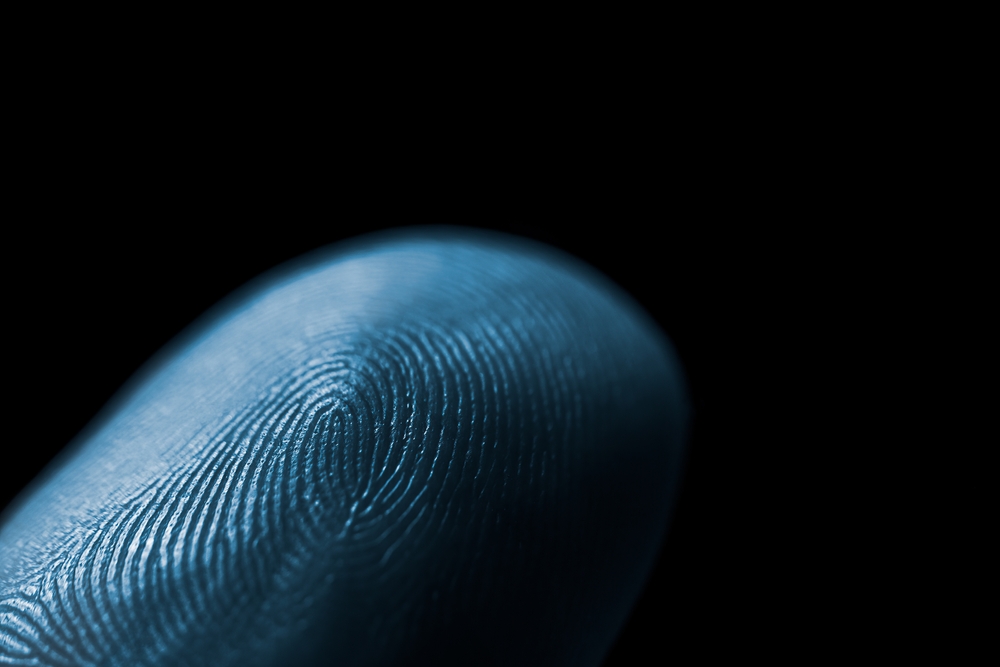Researchers from Columbia University used an AI tool to challenge the long-standing belief that each fingerprint is unique to an individual’s hand.
This study, involving the analysis of 60,000 fingerprints, suggests that prints from different fingers of the same person might not be as distinctive as previously thought.
Fingerprints are a fairly elusive component of the human body, and although we have long-standing assumptions about them – like no two people’s fingerprints being the same – they’re largely unproven.
Graham Williams, professor of forensic science at Hull University, noted that the uniqueness of fingerprints has never been definitively proven. “We don’t actually know that fingerprints are unique,” he stated.
“All we can say is that as far as we are aware, no two people have yet to demonstrate the same fingerprints.” But some even refute that, or at least admit a lack of large-scale evidence.
The AI tool, trained by the Columbia Engineering team, could identify with 75 to 90% accuracy whether prints from different fingers belonged to the same person.
This raises intriguing possibilities for both biometrics and forensic science. For instance, if unidentified prints from different fingers are found at separate crime scenes, this AI tool could potentially link them to the same individual, a capability currently beyond traditional forensic methods.
Professor Hod Lipson, a roboticist at Columbia University who supervised the study, admitted that the team was yet to fully understand the AI’s methods, stating, “We don’t know for sure how the AI does it.”
While that might seem bizarre, this indicates the ever-present ‘black box’ problem in AI – it’s easier to understand inputs and outputs rather than what’s happening in sprawling neural networks.
Fingerprint mysteries
The AI seems to analyze fingerprints differently, focusing on the orientation of the ridges in a fingerprint’s center, as opposed to the traditional method of examining how individual ridges end and fork – a feature known as minutiae.
“It is clear that it isn’t using traditional markers that forensics have been using for decades,” Lipson elaborated. “It seems like it is using something like the curvature and the angle of the swirls in the center.”
The implications of this study are significant for forensic science and biometric security. For example, in a criminal investigation, if an unidentified thumbprint is discovered at one crime scene and an unidentified index fingerprint at another, this AI tool could potentially link these prints to the same person.
However, the Columbia team, none of whom have a forensic background, acknowledged the need for further research.
Lipson spoke of AI’s ability to breakdown traditional academic skill siloes, explaining, “Many people think that AI cannot really make new discoveries–that it just regurgitates knowledge.”
“But this research is an example of how even a fairly simple AI, given a fairly plain dataset that the research community has had lying around for years, can provide insights that have eluded experts for decades.”
To refine the technology, you’d need many more fingerprints from a more diverse dataset. The team also noted that their model was developed using complete, high-quality prints, whereas real-world scenarios often involve partial or poor-quality prints.
Columbia Engineering undergraduate senior Gabe Guo highlighted the current limitations of their tool, explaining, “Our tool is not good enough for deciding evidence in court cases but it is good for generating leads in forensics investigations.”
The team would also likely need to prove how the AI obtains its results if it were to have any real-world utility.
The study, peer-reviewed and set to be published in the journal Science Advances (not yet published at the time this article was written), represents a step in challenging longstanding assumptions in fingerprint analysis yet also highlights the complexities inherent in AI-driven research.





